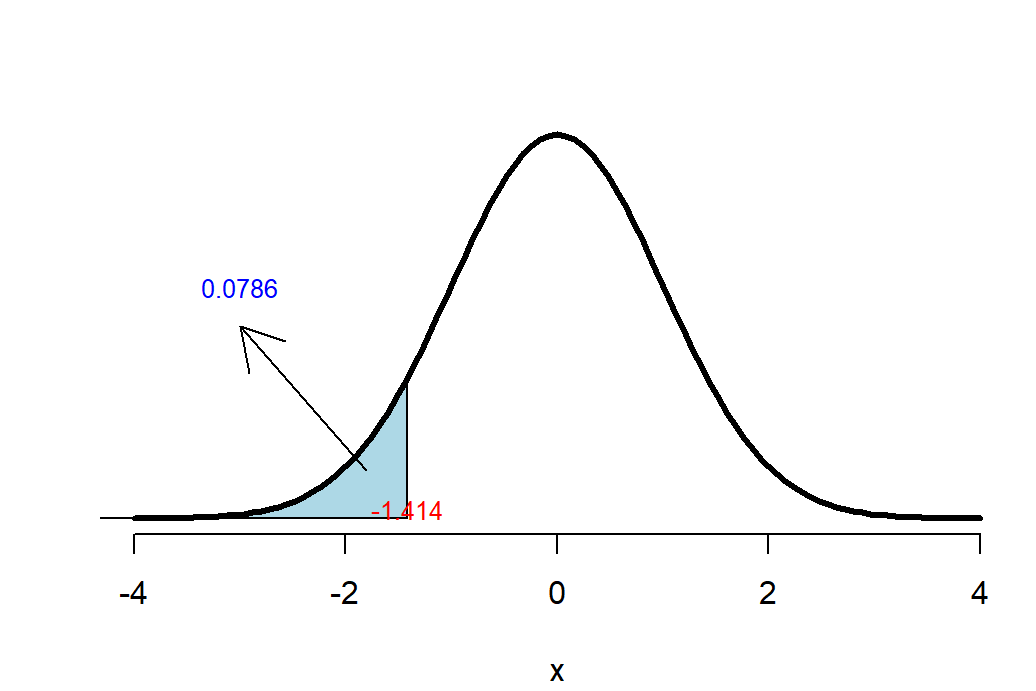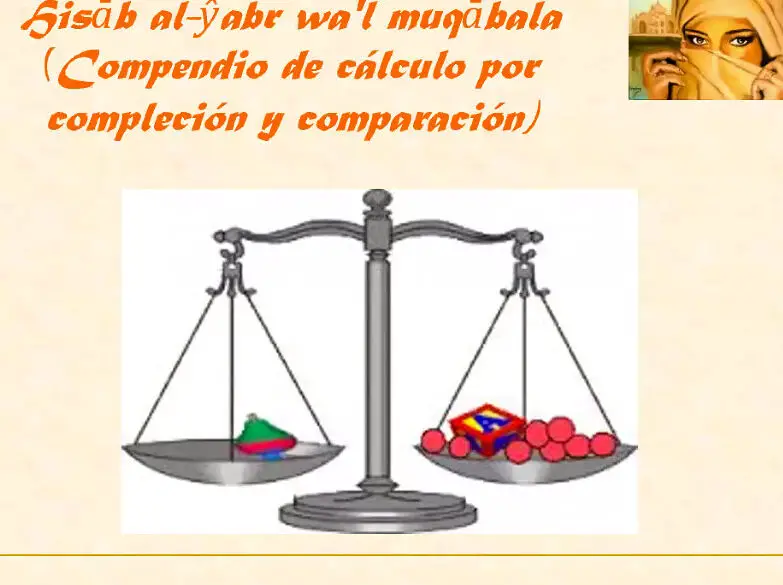Complete guide to solved hypothesis testing exercises in PDF format
Discover the simplest and most effective way to master hypothesis testing with our complete guide to solved exercises in PDF format. Immerse yourself in the fascinating world of statistics and enhance your analytical skills!
Complete guide to performing hypothesis testing exercises
A hypothesis test is a statistical procedure used to make decisions about whether a statement about a population parameter is compatible with observed data. Below, I present a complete guide to performing hypothesis testing exercises:
- Step 1: Hypothesis formulation: Defines the null hypothesis ((H_0)) and the alternative hypothesis ((H_1)).
- Step 2: Determines the significance level ((alpha)) that establishes the probability of making a type I error by rejecting (H_0) when it is true.
- Step 3: Choose the appropriate statistical test and calculate the value of the test statistic.
- Step 4: Determines the critical region or rejection zone, based on the critical value or p-value.
- Step 5: Compare the value of the test statistic with the critical value or compare the p-value with the significance level (alpha).
- Step 6: Make a decision: If the value of the test statistic falls in the critical region, reject (H_0); otherwise, it is not rejected (H_0).
- Step 7: Conclusion: Interpret the results obtained in the context of the problem and make decisions based on hypothesis testing.
Remember that it is essential to understand the concept of type I error and type II error, as well as the correct interpretation of the p-value in the context of hypothesis testing. I hope this guide helps you in your hypothesis testing exercises!
Practical examples to perform a hypothesis test
In the hypothesis testing process, it is crucial to have practical examples that illustrate how this procedure is carried out. Below are some common practical examples for performing a hypothesis test:
1. **Practical example with hypothesis tests for the mean**:
Suppose you want to check if the mean of a sample is equal to a specific value. To do this, the null hypothesis (H0) is proposed that the mean is equal to that value and the alternative hypothesis (H1) that the mean is different. A sample is collected, the sample mean is calculated, and a hypothesis test is performed to determine whether or not to reject the null hypothesis.
2. **Practical example with hypothesis tests for proportion**:
Let's imagine that you want to verify if the success rate in a population is greater than a certain value. The null hypothesis is proposed that the proportion is equal to or less than that value and the alternative hypothesis that it is greater. A sample is taken, the sample proportion is calculated and the corresponding hypothesis test is carried out.
3. **Practical example with hypothesis tests for the difference of means**:
In this case, the aim is to evaluate whether there is a significant difference between the means of two populations. The null hypothesis is established that there is no difference and the alternative hypothesis that there is. Two samples are collected, the sample means are calculated and the hypothesis test is applied to test whether or not the null hypothesis is rejected.
These are just some basic practical examples of how hypothesis testing can be carried out in different contexts. It is essential to follow a rigorous and methodological approach in this process to obtain valid and reliable conclusions.
Step-by-step guide to performing a hypothesis test in statistics
| Step | Description |
|---|---|
| Step 1: | Establish the null hypotheses (H0) and alternative (H1) Of the test. |
| Step 2: | Select the desired significance level (α) for the test. |
| Step 3: | Identify the appropriate test statistic based on the type of data and hypothesis. |
| Step 4: | Collect the data necessary to perform the test. |
| Step 5: | Calculate the value of the test statistic from the collected data. |
| Step 6: | Determine the rejection region based on the level of significance and the type of test (unilateral or bilateral). |
| Step 7: | Compare the value of the test statistic with the critical value and make a decision. |
| Step 8: | Calculate the p-value if necessary and compare it with the significance level. |
| Step 9: | Interpret the results and draw a conclusion regarding the null hypothesis. |
And now that you have the complete guide to solved hypothesis testing exercises in PDF, there are no more excuses not to ace your next evaluation! So get comfortable, sharpen that pencil (or click on your mouse) and get to grips with those problems. May hypotheses tremble before your mathematical power! Go for it!





Post Comment